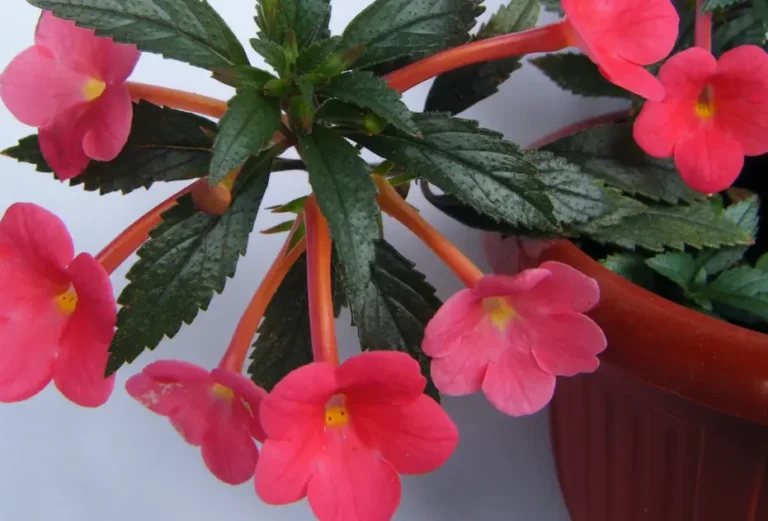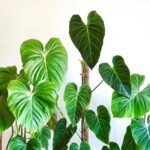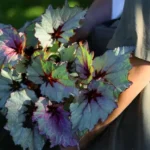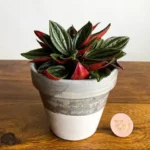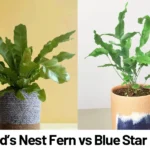Achimenes is a genus in the Gesneriaceae family, comprising tropical, rhizomatous perennials valued for their vibrant, tubular flowers and trailing habit. Native to Central and South America, these plants have become popular worldwide as ornamental flowering houseplants. This guide focuses specifically on pink-flowered cultivars of Achimenes—highlighting their taxonomy, horticultural varieties, care requirements, propagation methods, and common challenges.
1. Botanical Background: What Are Achimenes?
Achimenes are herbaceous perennials that grow from scaly rhizomes. In the wild, they occur in warm, humid forest margins, often as groundcovers or trailing plants. The genus contains roughly 25–30 species, most of which have been hybridized extensively.
Taxonomic Summary
| Characteristic | Detail |
|---|---|
| Family | Gesneriaceae |
| Genus | Achimenes |
| Common Names | Hot Water Plant, Cupid’s Bower, Widow’s Tears |
| Native Range | Mexico to northern South America |
| Growth Type | Rhizomatous herbaceous perennial |
Key wild species used in hybridization include:
- Achimenes longiflora – large blue or violet flowers
- Achimenes erecta – red, upright flowers
- Achimenes candida – white flowers, compact habit
- Achimenes grandiflora – large flowers, used in many hybrids
2. Understanding Achimenes with pink flowers
In cultivation, the term “pink Achimenes” refers to hybrids and selections with pink blooms. These are not a botanical group but a horticultural category. Pink Achimenes are bred primarily for ornamental purposes and may exhibit a wide range of flower forms, colors, and plant sizes.
Common Traits of Pink-Flowered Hybrids
| Trait | Range |
|---|---|
| Flower Color | Light pink, blush, coral, rose, peach |
| Foliage | Medium to dark green, sometimes silver-hued |
| Flower Size | 2.5–5 cm in diameter |
| Habit | Trailing to semi-upright |
| Bloom Season | June–September (sometimes October) |
3. Notable Pink Cultivars and Lineage
Below is a table of well-known pink Achimenes cultivars, their known parentage (where available), and notable traits:
| Cultivar Name | Parentage | Flower Description | Notes |
|---|---|---|---|
| Achimenes ‘Pink Nightshade’ | Unknown hybrid | Pale pink with magenta throat | Free-flowering, trailing |
| Achimenes ‘Ambroise Verschaffelt’ | Likely A. longiflora hybrid | Rose-pink, slightly ruffled | Compact grower |
| Achimenes ‘Seraphine’ | Hybrid origin | Blush-pink, light eye | High bloom density |
| Achimenes ‘Hilda’s Pink’ | Hybrid origin | Light pink with white center | Early season bloomer |
| Achimenes ‘Pretty Polly’ | Hybrid origin | Coral pink, uniform color | Vigorous trailing stems |
| Achimenes ‘Coral Gem’ | Hybrid origin | Salmon-pink | Large flowers |

These cultivars are available through specialty nurseries and are often featured in indoor plant shows and collections.
Growth Requirements and Environmental Conditions
Achimenes are relatively undemanding if grown under appropriate conditions. Below is a table summarizing optimal environmental requirements:
| Parameter | Recommended Conditions |
|---|---|
| Light | Bright, indirect light; shade from midday sun |
| Temperature | 18–26°C during active growth |
| Humidity | 60–80% relative humidity |
| Watering | Keep soil lightly moist in summer; stop watering in dormancy |
| Soil | Peat-based mix with perlite or vermiculite; pH 5.5–6.5 |
| Fertilization | Balanced or high-phosphorus fertilizer biweekly in summer |
| Dormancy | Induced by shorter day length or cooler temperatures below 13°C |
Seasonal Care Cycle
Spring (Initiation)
- Plant rhizomes horizontally in moist, warm soil (20–25°C)
- Place in bright, indirect light
- Shoots emerge within 1–2 weeks
Summer (Active Growth)
- Maintain consistent watering and humidity
- Fertilize every 10–14 days
- Deadhead spent blooms to encourage reblooming
Autumn (Transition)
- Growth slows and flowering ends
- Gradually reduce watering as leaves yellow
Winter (Dormancy)
- Rhizomes rest dry in peat moss or paper bags
- Store in a cool, dry place (10–15°C)
- Avoid frost and excess moisture
Propagation Methods Explained
Achimenes propagate readily from rhizomes and stem cuttings.
A. Rhizome Propagation
- After dormancy, divide rhizomes in early spring.
- Plant 1–2 cm deep in fresh potting mix.
- Keep moist and warm; new growth appears within 2 weeks.
Stem Cuttings (Less Common)
- Select 7–10 cm healthy non-flowering stems.
- Root in moist perlite under high humidity.
- Rooting takes ~2–3 weeks.
Flower Color Variability
Pink Achimenes range from:
- Light blush tones with faint veining
- Salmon-pink or coral hues
- Rosy pinks with darker throats or centers
- Bicolors (e.g. white with pink margins or eyes)
Color intensity can be influenced by light exposure, temperature, and soil fertility. Cooler temperatures tend to deepen flower pigmentation.
Pests, Diseases, and Troubleshooting
| Symptom | Likely Cause | Treatment |
|---|---|---|
| Yellowing leaves | Overwatering or compacted soil | Improve drainage, water less |
| No blooming | Insufficient light or excess nitrogen | Move to brighter spot, switch to bloom formula |
| Powdery mildew | High humidity and poor air flow | Remove affected leaves, increase ventilation |
| Spider mites or aphids | Dry air or infestation | Treat with insecticidal soap or neem oil |
| Rhizome rot | Waterlogged soil or poor storage | Use sterile mix, dry storage only |
Preventative care includes rotating plants, avoiding overhead watering, and keeping tools sanitized.
Frequently Asked Questions (FAQ)
Q1. Can I grow Achimenes outdoors?
Yes, in containers or shaded beds during the warm season. Bring indoors before temperatures drop below 13°C.
Q2. How long do Achimenes flower?
Most cultivars bloom for 8–12 weeks continuously in summer with regular care.
Q3. Can I force Achimenes to stay evergreen?
No. They require a dormant period to store energy for the next growing season.
Q4. How long do rhizomes stay viable?
Properly dried rhizomes can be stored for 6–9 months in cool, dry conditions.
References and Further Reading
- Royal Horticultural Society. Achimenes profile. https://www.rhs.org.uk/plants/achimenes
- The Gesneriad Society. Cultivar registration and care. https://www.gesneriadsociety.org
- Garden.org. Plant database and community reports. https://garden.org/plants/tag/achimenes/
- Flora of North America. Gesneriaceae Family. http://floranorthamerica.org
- Smith, D. & Weber, G. (2017). Cultivating Rhizomatous Gesneriads. Horticultural Review.
- Wiehler, H. (1983). A synopsis of the genus Achimenes. Selbyana, 6(1), 20–24.

